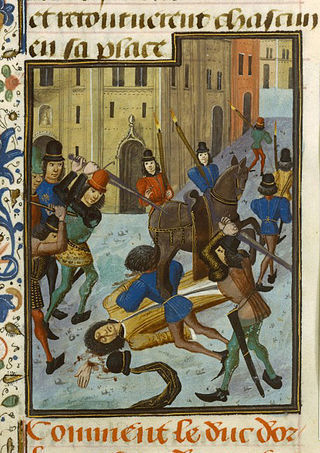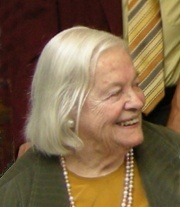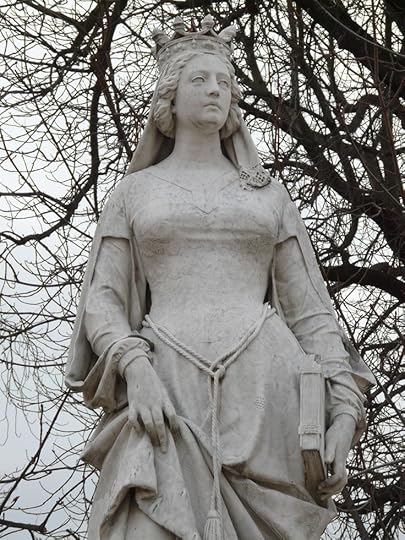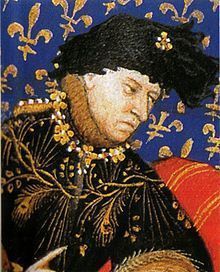What do you think?
Rate this book


592 pages, Paperback
First published January 1, 1949


Valentine Visconti, Duchess of Orleans. [1371-1408]BUT … this list of “Major Characters” leaves out the main character of the book! These characters are only supporting actors and actresses, part of the backstory of the novel - a story of four Houses of medieval France - Orleans, Burgundy, Berry, and the Royal House of Valois – during the years of the second half of the Hundred Years War (1337-1453), starting in 1394.
Wife of the King’s brother, Louis d’Orleans, daughter of Gian Galeazzo Visconti, Lord of Milan.
Charles VI, King of France. [1368-1422 - Charles the Mad]
The elder son of Charles V, "Charles the Wise".
Isabeau, Queen of France. [1370-1435]
The wife of Charles VI.
Louis, Duke of Orleans. [1372-1407]
The younger son of Charles the Wise; brother to Charles VI, husband of Valentine Visconti.
Philippe, Duke of Burgundy. [1342-1404]
Also known as Philippe the Bold (Phillipe le Hardi). Brother of Charles the Wise and therefore uncle to Charles VI and Louis d’Orleans. He is married to Margaretha of Flanders; their son is Jean de Nevers.
Jean, Duke of Berry. [1340-1416]
An obsessive aesthete, collector and bibliophile. The patron of the famous Book of Hours. Also a brother of Charles the Wise and therefore uncle to Charles VI and Louis d’Orleans.
Louis, Duke of Bourbon. [1377-1410]
Brother-in-law of Charles the Wise and therefore uncle to Charles VI and Louis d’Orleans on their mother’s side (Queen Jeanne).
Prologue 1All of these section titles refer directly to the life of Charles d’Orleans. [Though I don't understand the reference to "Nonchaloir". Indifference? Help.]
First Book: Youth
I Louis d’Orleans, The Father 89
II Of Valentine, The Mother 193
III Burgundians and Armagnacs 235
Second Book: The Road to Nonchaloir
I Exile 361
II The Thought Book 469








Another year crawls slowly by. Some information reaches him in the course of the year... and then he overhears a rumour, an echo of events in London and overseas in France and Flanders